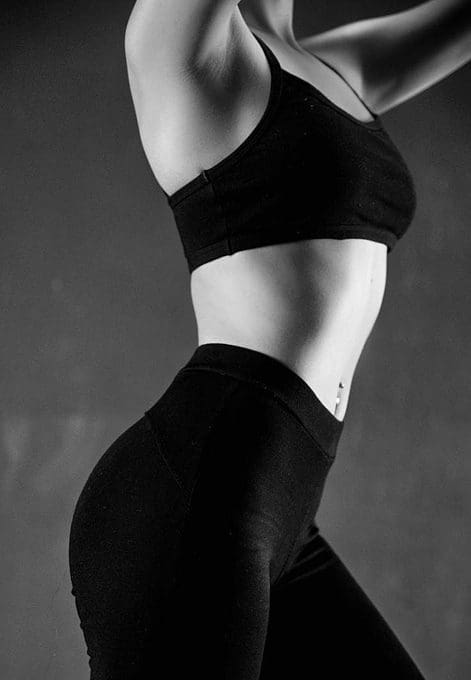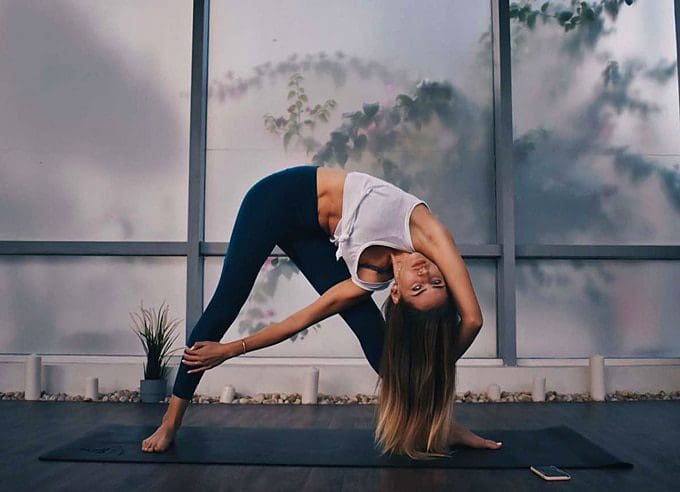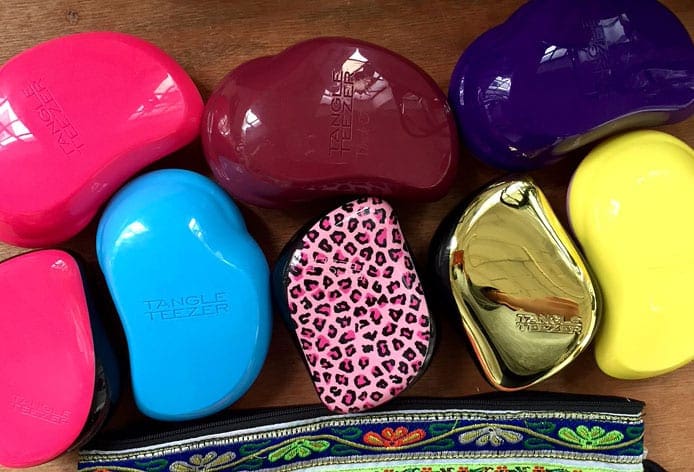words Al Woods
Nowadays, leggings are as ubiquitous as denim jeans and are widely considered to be a closet staple by many women all over the world. To suit all sorts of activities and occasions, leggings are no longer only made with shiny, stretchy spandex reminiscent of the 1980s.
Instead, they now come in a wide variety of materials that allow women to wear their leggings with pride and confidence anywhere they want to feel comfortable and at ease.
Do you have plans to shop for leggings today? Get to know the different fabrics most commonly used to make them so that you can make the best choices.

Cotton
Cotton is an incredibly popular fabric used for making clothing, and for good reason. For one, it’s one of the softest and most lightweight materials around, making it incredibly comfortable to wear. It’s also durable and can withstand more than a few rounds in the washing machine without losing its shape. Finally, it’s one of the most reasonably priced fabrics available, making it an attractive choice to both the people who make clothing and those who buy them.
Leggings made with cotton are a great choice for the summer, as they’re supremely breathable and won’t feel stuffy. If you’re looking for pairs to wear for lounging around the house or running the occasional errand, ones made with cotton would be best. However, you’ll want to keep an eye on them. Though cotton is one of the strongest fabrics out there, it will begin to lose its shape over time, unless it’s been blended with a stretchy material. Cotton leggings also aren’t great for working out, as they tend to absorb moisture and can’t wick it off your skin like synthetic fabrics. Exercising in them will only leave you drenched in your own sweat, which isn’t just unhealthy but unhygienic as well.

Polyester
Polyester is the common name for a fabric made up of synthetic fibers derived from a polymer called polyethylene terephthalate. It was invented in 1941 by two British chemists but didn’t come into wide use until the swinging ‘70s. Back then, it was advertised as a miracle fiber that could be worn for nearly 70 continuous days without requiring any ironing. It is incredibly durable, water repellent, and highly chemically resistant; it is also less prone to stretching and wrinkling. However, polyester’s main claim to fame is that it is very quick-drying, making it a popular choice for activewear.
Leggings made using polyester are a great choice for the gym due to their sweat-wicking properties. It can draw moisture away from the surface of your skin and release it into the atmosphere. As such, polyester leggings can keep you feeling cool and dry throughout any workout, whether it’s spin cycling, kickboxing, and everything in between. That said, do note that polyester tends to harbor unpleasant odors easily. You’ll want to take your leggings off as soon as your workout session is over, or choose ones that blend polyester with another fabric, such as spandex.
Wool
Wool is a textile derived from the hair of various animals. While it’s more commonly sourced from sheep, it can also be obtained from alpacas, goats, and llamas. Known for being one of the warmest and coziest fabrics out there, wool is flame retardant, stain-resistant, and naturally antimicrobial.
Wool clothing is most commonly associated with cold weather, and for good reason. Wool leggings are great at temperature regulation and are a fine option if you want to stay warm during the winter months without piling on the layers. Some styles of wool leggings can also pass for pants that can be worn to the office or out to dinner.
Caring for wool can seem rather involved, but you shouldn’t have anything to worry about if you know the basics. It should never be washed in hot water or agitated too roughly against itself. Being made with proteins, any clothes made with wool will inevitably attract moths, so keep them in a moth-proof container. Should you ever find yourself in doubt, just read the instructions that came with your garment.
Spandex or Nylon-Spandex
Last but not least, there’s spandex. Also known by the names Lycra or elastane, it might just be the fabric most associated with leggings. This synthetic fabric is known for its superior elasticity, which, in turn, makes for improved freedom of movement. For this reason, it’s also one of the most popular materials used in activewear.
Leggings made with spandex or a blend of nylon and spandex are the superlative choice for exercising. They’re lightweight and body-hugging, so they won’t get in your way. Leggings made with these materials are the perfect marriage of performance and style.
Once a clothing item that was associated with dance studios and fitness centers, it’s clear that the humble pair of leggings has come into its own in recent years. They’ve become so popular, in fact, that they’re now worn everywhere, from the workplace to the gym. Now that you know which fabrics go best with certain activities, you shouldn’t have any trouble shopping for the ones you need.






